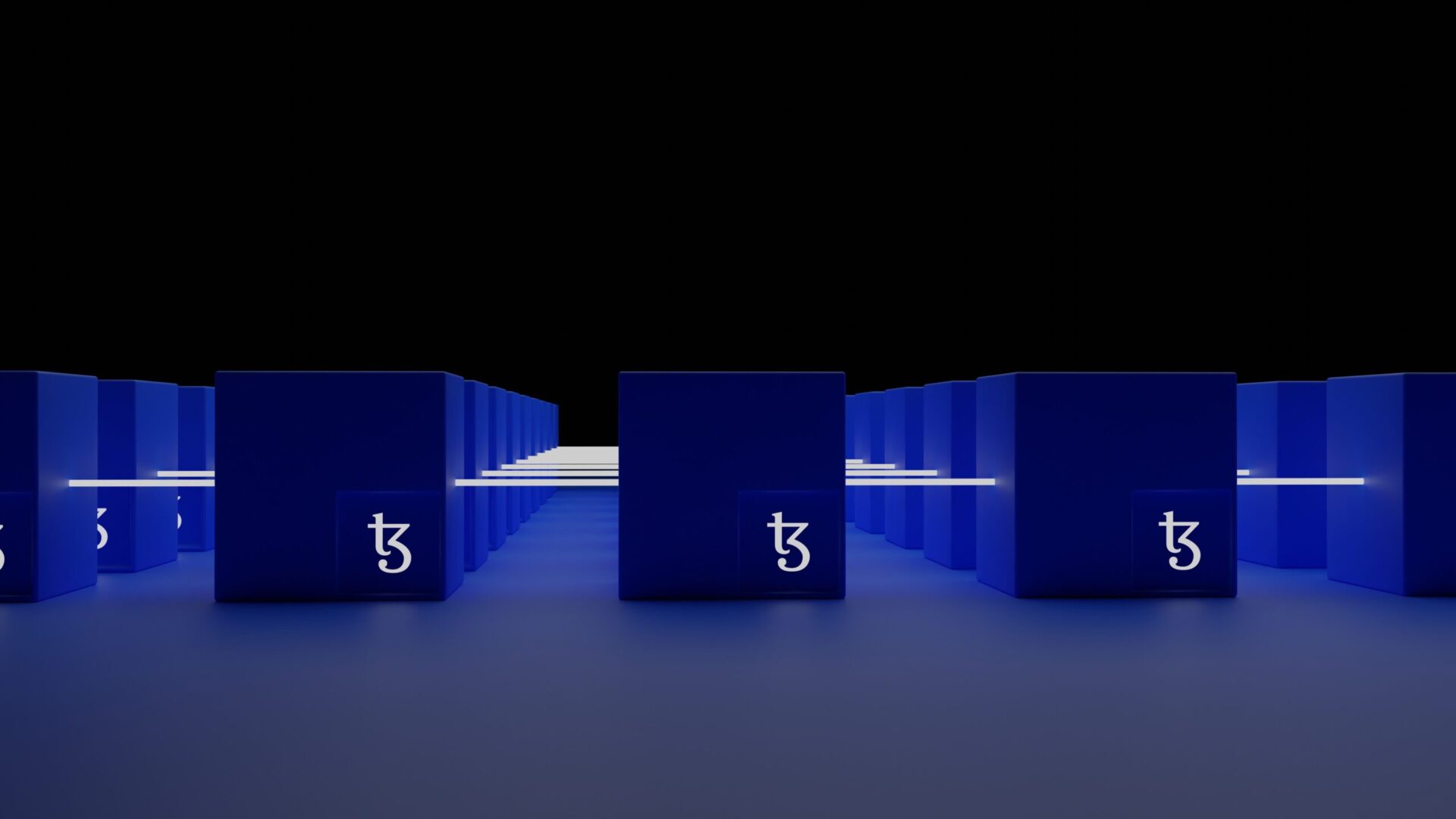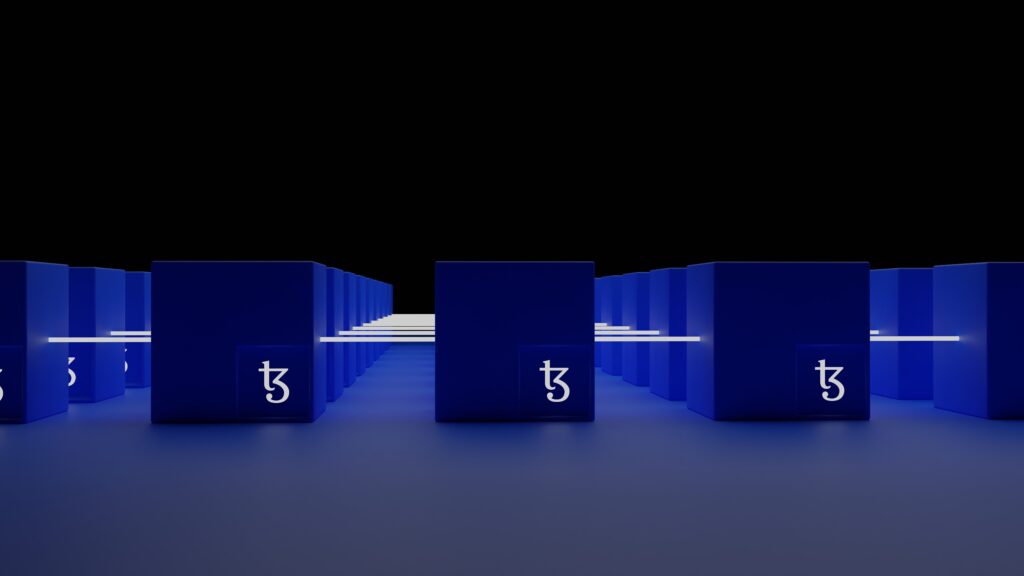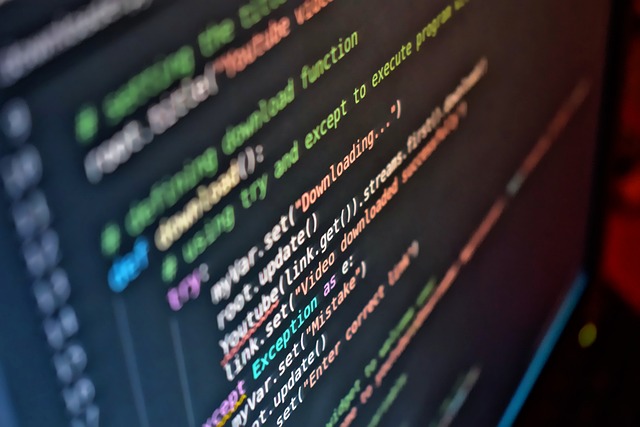Ethereum Token Standards: A Comprehensive Guide to ERC-20, ERC-721, and ERC-1155

Ethereum token standards in the fast-paced world of blockchain technology, Ethereum has emerged as a dominant platform for creating decentralized applications and issuing digital assets in the form of tokens. You’ve probably read it already: Ethereum Development Services : Unlocking the Power for Your Blockchain Project Excellent. Ethereum token standards play a pivotal role in this ecosystem, providing a set of rules and guidelines that facilitate the creation, management, and interaction of tokens on the Ethereum blockchain. In this comprehensive guide, we will explore three of the most prominent Ethereum token standards: ERC-20, ERC-721, and ERC-1155.
See also : Top Decentralized Finance Projects: Exploring the Pioneers of the DeFi Landscape New

I. Ethereum Token Standards (ERC-20)
The ERC-20 standard, introduced in 2015, revolutionized the token landscape by providing a uniform set of rules for fungible tokens on the Ethereum blockchain. Fungible tokens are interchangeable and hold identical values, making them ideal for representing currencies, rewards, and assets like stocks.
ERC-20 tokens comply with a predefined set of functions, such as balance inquiries, token transfers, and approvals. These functionalities are vital for seamless interactions between different applications and services, as they adhere to a consistent format across the entire Ethereum ecosystem.
One of the key advantages of ERC-20 tokens is their widespread adoption, making them highly compatible with various wallets, exchanges, and smart contracts. Popular projects like Tether (USDT), Chainlink (LINK), and Binance Coin (BNB) are all based on the ERC-20 standard.
However, ERC-20 tokens have some limitations. For instance, they cannot represent non-fungible assets, and any error in the smart contract can lead to the loss of funds. Nonetheless, the ERC-20 standard remains a vital cornerstone of the Ethereum token landscape.
II. Ethereum Token Standards (ERC-721)
In contrast to ERC-20 tokens, ERC-721 tokens are non-fungible, meaning each token is unique and holds distinct characteristics. Introduced in 2017, the ERC-721 standard opened the door to a myriad of use cases, primarily focusing on digital collectibles, gaming assets, and real estate properties on the blockchain.
ERC-721 tokens are revolutionizing the concept of ownership and provenance, as each token can represent an individual asset, such as a rare digital artwork or a unique in-game item. This uniqueness is achieved by assigning a specific identifier to each token, allowing it to be easily tracked and authenticated.
Projects like CryptoKitties, an Ethereum-based game that allows users to collect, breed, and trade virtual cats, gained massive popularity and showcased the potential of ERC-721 tokens. Each CryptoKitty is an ERC-721 token, with its distinct traits and value.
Despite the groundbreaking applications of ERC-721 tokens, they do come with some challenges. Due to their uniqueness, managing a large number of ERC-721 tokens can be resource-intensive, leading to scalability concerns. Nevertheless, the ERC-721 standard has paved the way for the rise of the non-fungible token (NFT) market and continues to drive innovation in the digital asset space.
III. Ethereum Token Standards (ERC-1155)
Building upon the strengths of both ERC-20 and ERC-721 standards, the ERC-1155 standard emerged as a hybrid solution in 2018. Developed by Enjin, a leading blockchain gaming platform, ERC-1155 tokens provide a flexible and efficient way to manage both fungible and non-fungible assets on the Ethereum blockchain.
ERC-1155 tokens are unique in that they can represent multiple instances of both fungible and non-fungible assets within a single contract. This versatility significantly reduces the gas costs and smart contract complexity, making it an attractive option for game developers, digital asset marketplaces, and decentralized applications (dApps) that require a mixture of token types.
The gaming industry has been an early adopter of ERC-1155 tokens, leveraging their capabilities to create immersive and interconnected in-game economies. Players can own unique assets while also utilizing fungible tokens for in-game currency or trading.
Additionally, the ERC-1155 standard offers an approval process that optimizes the management of token permissions, ensuring secure and efficient token transfers.
Although ERC-1155 tokens have proven to be a promising solution, some developers still prefer the simplicity of individual ERC-20 or ERC-721 tokens, especially for straightforward use cases. The decision to choose ERC-1155 over other standards largely depends on the specific requirements of the project.
IV. Comparison of Ethereum Token Standards
Each Ethereum token standard brings its unique features and use cases to the table. Let’s delve deeper into the key differentiating factors among ERC-20, ERC-721, and ERC-1155 tokens:
A. Fungibility vs. Non-fungibility:
- ERC-20 tokens: Fully fungible, interchangeable, and divisible, representing currencies and tradable assets.
- ERC-721 tokens: Non-fungible, each representing a unique and indivisible asset, perfect for collectibles and rare items.
- ERC-1155 tokens: Hybrid standard, accommodating both fungible and non-fungible assets within the same contract, offering more flexibility.
B. Use Cases:
- ERC-20 tokens: Ideal for representing currencies, utility tokens, and tokens used for fundraising through Initial Coin Offerings (ICOs).
- ERC-721 tokens: Tailored for gaming assets, digital collectibles, art, and any asset that requires individual ownership and provenance.
- ERC-1155 tokens: Versatile for gaming items, in-game currencies, and projects requiring a mix of fungible and non-fungible tokens.
C. Interoperability Ethereum Token Standards:
- ERC-20 tokens: Widely supported by wallets, exchanges, and decentralized finance (DeFi) platforms due to their popularity.
- ERC-721 tokens: Becoming more supported by platforms and applications as the NFT market gains momentum.
- ERC-1155 tokens: Enjoying growing support, particularly within the gaming industry, and gaining traction in the wider Ethereum ecosystem.
D. Gas Efficiency:
- ERC-20 tokens: Generally more gas-efficient due to the standardized functions and the homogeneous nature of these tokens.
- ERC-721 tokens: Relatively more gas-consuming because each token requires unique data and smart contract operations.
- ERC-1155 tokens: Highly gas-efficient, as a single contract can manage various types of tokens, reducing overall costs.
E. Smart Contract Complexity Ethereum Token Standards:
- ERC-20 tokens: Relatively simple smart contracts with straightforward functions, resulting in lower development complexity.
- ERC-721 tokens: Moderately complex smart contracts due to the need for tracking individual assets and their unique properties.
- ERC-1155 tokens: Moderate complexity, offering a balance between ERC-20 and ERC-721 standards, making them suitable for various projects.
F. Storage and Scalability Ethereum Token Standards:
- ERC-20 tokens: Minimal storage requirements, enabling better scalability, and cost-effectiveness for projects with a large number of tokens.
- ERC-721 tokens: Higher storage demands, which can hinder scalability for projects with a massive number of unique tokens.
- ERC-1155 tokens: Efficient storage, making them a compelling option for applications handling both fungible and non-fungible assets.
G. Development Community and Support Ethereum Token Standards:
- ERC-20 tokens: Mature and well-established community, extensive resources, and a wealth of development libraries, making it easier for developers to create ERC-20-based projects.
- ERC-721 tokens: Growing development community and increasing support from platforms and marketplaces as NFTs gain mainstream attention.
- ERC-1155 tokens: Evolving community, with a focus on gaming and digital asset projects. Support is expanding as more use cases emerge.
H. Security and Standards:
- ERC-20 tokens: Established and battle-tested standard, making them generally more secure due to extensive auditing and adoption.
- ERC-721 tokens: Security depends on the individual smart contract implementation, which can lead to potential vulnerabilities if not adequately audited.
- ERC-1155 tokens: Security level similar to ERC-20 tokens, with additional considerations for managing multiple token types.
V. Recent Developments and Proposed Standards Ethereum Token Standards
The dynamic Ethereum ecosystem continues to witness continuous innovation and the emergence of new token standards. In recent times, developers and blockchain communities have proposed several enhancements and improvements to existing standards or entirely new standards to address specific use cases and challenges.
One notable development is the introduction of ERC-998, a hybrid standard that combines ERC-20 and ERC-721 functionalities. ERC-998 allows tokens to be owned by other tokens, enabling complex interactions and nesting of assets within each other. This innovation expands possibilities for the creation of intricate in-game items and asset structures.
Moreover, efforts have been made to enhance the scalability and efficiency of token standards. Various layer-2 solutions and sidechains are being explored to address the inherent scaling limitations of the Ethereum mainnet. These advancements aim to make token interactions faster and cheaper, further promoting the adoption of blockchain technology.
VI. Challenges and Future Outlook Ethereum Token Standards
While Ethereum token standards have significantly improved the blockchain ecosystem, several challenges persist.
One of the primary challenges is scalability. As the Ethereum network experiences increased usage, especially in the DeFi and NFT spaces, congestion and high gas fees have become recurrent issues. To address these concerns, developers are actively working on Ethereum 2.0, a major upgrade that introduces a proof-of-stake consensus mechanism and various scalability improvements.
Additionally, interoperability between different blockchain networks is vital for achieving a seamless and connected decentralized ecosystem. Projects like Polkadot and Cosmos are striving to enable cross-chain communication, allowing tokens to move freely between different blockchains, which will foster greater collaboration and expand the potential use cases for tokens.
The regulatory landscape is another area of concern. As tokenization becomes more mainstream, regulators worldwide are formulating policies and guidelines to govern token issuance, trading, and use. Striking a balance between innovation and compliance is essential to ensure the long-term viability and growth of the token economy.
Looking ahead, the future of Ethereum token standards is promising. The growing adoption of blockchain technology, coupled with ongoing research and development efforts, will continue to push the boundaries of tokenization. New token standards that address specific industries, such as supply chain management, intellectual property, and real estate, are likely to emerge.
Conclusion Ethereum Token Standards
Ethereum token standards, including ERC-20, ERC-721, and ERC-1155, have been instrumental in the evolution of the blockchain industry. They have paved the way for an extensive array of use cases, ranging from decentralized finance and gaming to digital art and collectibles. Each standard caters to different token requirements and holds its unique strengths and limitations.
As the blockchain space continues to grow and evolve, developers and the community will continue to innovate, creating new token standards and refining existing ones to better serve the diverse needs of the ecosystem. By addressing challenges like scalability and interoperability while adhering to regulatory standards, the Ethereum token ecosystem will thrive, bringing blockchain technology closer to mainstream adoption and transforming various industries along the way.
And for those of you who want to grow your Instagram account, you can directly use our service free instagram followers and you can like your post on instagram with Free instagram likes







